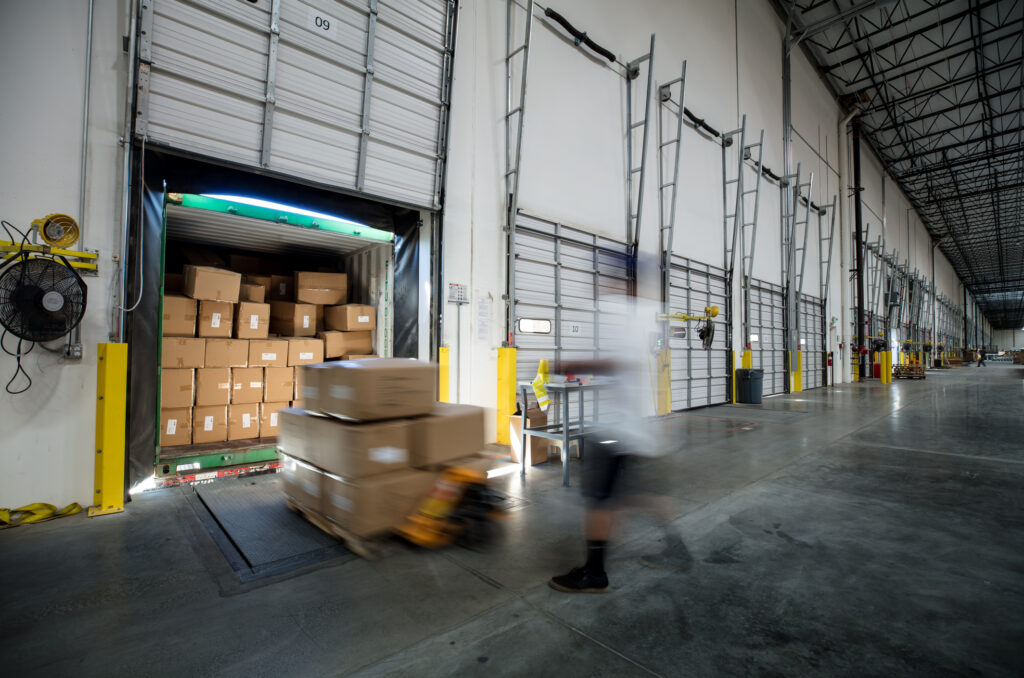
Gain valuable insights into LTL shipping in Canada, from industry dynamics to cost-saving strategies.
This comprehensive guide equips you with the knowledge needed to navigate the complexities of Canadian LTL shipping.
Whether you’re a business owner or logistics professional, understanding the intricacies of LTL shipping is essential for successful freight management. In this guide, we will delve into the details of LTL shipping in Canada, providing valuable information and practical tips to help you optimize your shipping processes.
What is LTL Shipping?
Before we dive into the specifics of LTL shipping in Canada, let’s start with a brief overview. LTL (Less-than-Truckload) shipping refers to the transportation of smaller shipments that do not require a full truckload. It is a cost-effective solution for businesses looking to transport goods without the need for a dedicated truck. LTL shipments combine multiple loads from different shippers onto a single truck, maximizing efficiency and reducing costs.
Understanding LTL Shipping in Canada
In this section, we will explore the unique aspects of the LTL shipping industry in Canada, including market characteristics, industry trends, and key considerations for optimizing LTL shipments.
The Canadian Landscape: A Geographical Challenge
Canada’s vast expanse presents a distinctive challenge for LTL shipping. The considerable distances between major cities, coupled with a relatively lower population density, require LTL carriers to cover extensive routes to deliver shipments effectively.
Key Facts about the Canadian LTL Shipping Industry
To better grasp the Canadian LTL shipping landscape, consider the following important facts:
- The industry is primarily dominated by major carriers, such as Purolator, FedEx, and UPS.
- The Canadian LTL shipping market is valued at approximately CAD 5 billion annually.
- Carriers typically focus on regional or national LTL shipping, with some offering cross-border services to the United States.
Emerging Trends and Innovations
The Canadian LTL shipping industry is continuously evolving, adopting new trends and innovations to enhance operational efficiency and meet customer demands. Here are some notable trends:
Technological Advancements: Carriers are increasingly utilizing real-time tracking systems, route optimization software, and electronic billing platforms to streamline operations.
Sustainability Focus: Many carriers are committed to reducing their environmental impact through the use of fuel-efficient vehicles and eco-friendly practices.
E-commerce Boom: The growth of online shopping has driven an increased demand for LTL shipping services in Canada.
Strategies for Optimizing LTL Shipments in Canada
To make the most of your LTL shipments in Canada, consider the following strategies:
Choose the Right Carrier: Conduct thorough research to select a carrier that specializes in LTL shipping and has a strong presence in your desired regions.
Consolidate Shipments: Group smaller shipments together to maximize truck capacity and minimize costs.
Packaging Considerations: Utilize sturdy packaging materials that adequately protect your goods during transit, reducing the risk of damage.
Plan for Potential Delays: Given Canada’s diverse weather conditions and vast distances, factor in potential delays when estimating delivery timelines.
Leverage Tracking Tools: Take advantage of tracking systems provided by carriers to monitor the status and location of your LTL shipments.
Frequently Asked Questions (FAQs)
Here are answers to some common questions about LTL shipping in Canada:
How is the cost of LTL shipping in Canada determined?
The cost of LTL shipping in Canada is calculated based on factors such as shipment weight, distance traveled, freight class, and any additional services requested.
What are the main differences between LTL and FTL shipping?
LTL shipping, or Less-than-Truckload shipping, involves the transportation of smaller freight loads that do not require a full truck. On the other hand, FTL shipping, or Full Truckload shipping, is used for larger shipments that fill an entire truck. LTL shipping is generally more cost-effective for smaller loads, while FTL is often more suitable for high-volume shipments.
Can hazardous materials be shipped using LTL shipping in Canada?
Yes, it is possible to transport hazardous materials through LTL shipping in Canada. However, strict adherence to relevant regulations is essential. It may be necessary to select a carrier that specializes in handling and transporting hazardous materials.
How long does LTL shipping take in Canada?
The duration of LTL shipping in Canada varies depending on several factors, including the distance traveled, weather conditions, and the efficiency of the carrier. On average, shipments can take anywhere from 2 to 10 business days, depending on the origin and destination.
Is it possible to track LTL shipments in Canada?
Most carriers offer tracking services for LTL shipments in Canada. These tracking systems provide real-time updates on the status and location of your shipment. It is advisable to inquire with your chosen carrier regarding their tracking capabilities.
Navigating the Realm of LTL Shipping in Canada
In conclusion, understanding the world of LTL shipping in Canada is essential for businesses and logistics professionals seeking efficient freight management solutions. By familiarizing yourself with the unique aspects of the Canadian LTL shipping industry, staying informed about emerging trends, and implementing optimization strategies, you can streamline your shipping processes and achieve cost savings.
Through our member companies, the ShipNorthAmerica Network provides a broad range of services in specialized freight movement, including LTL shipping. Visit our blog for more articles, news, and updates on the transportation industry.
